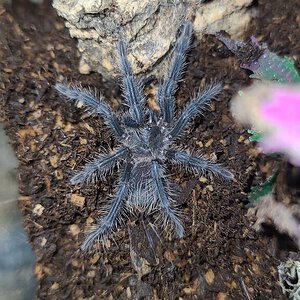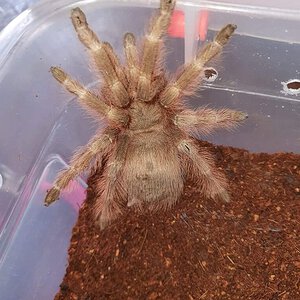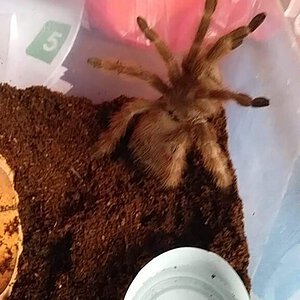Media information
- Category
- Tarantula Identification
- Added by
- Evan S
- Date added
- View count
- 654
- Comment count
- 24
- Rating
- 0.00 star(s) 0 ratings
Image metadata
- Device
- Apple iPhone XS
- Aperture
- ƒ/1.8
- Focal length
- 4.3 mm
- Exposure time
- 1/31
- ISO
- 25
- Flash
- On, fired
- Filename
- 0FADE98C-BABD-42D5-BD93-75DEAD76A888.jpeg
- File size
- 1.5 MB
- Date taken
- Sat, 10 April 2021 6:48 PM
- Dimensions
- 2048px x 2048px







